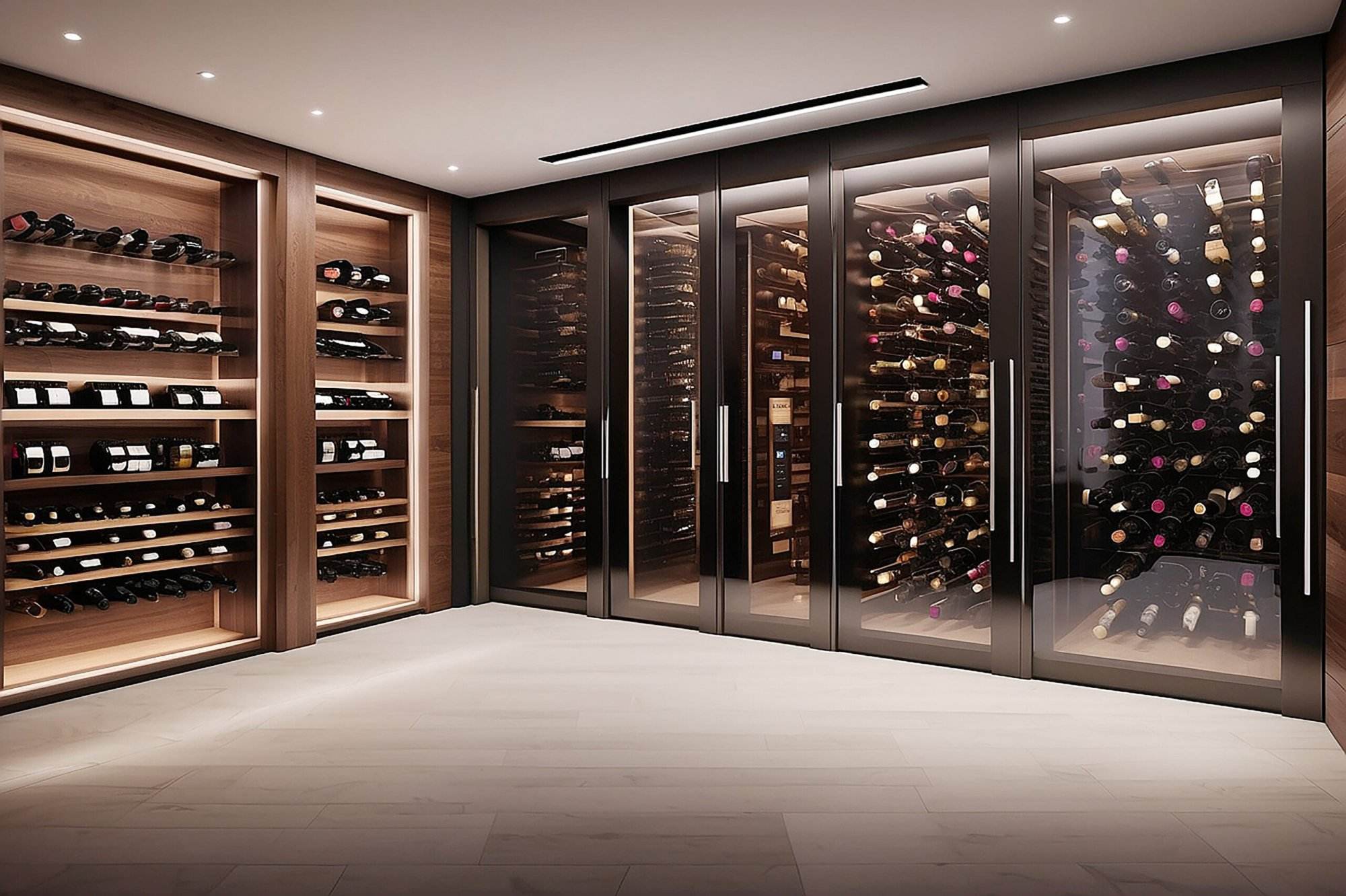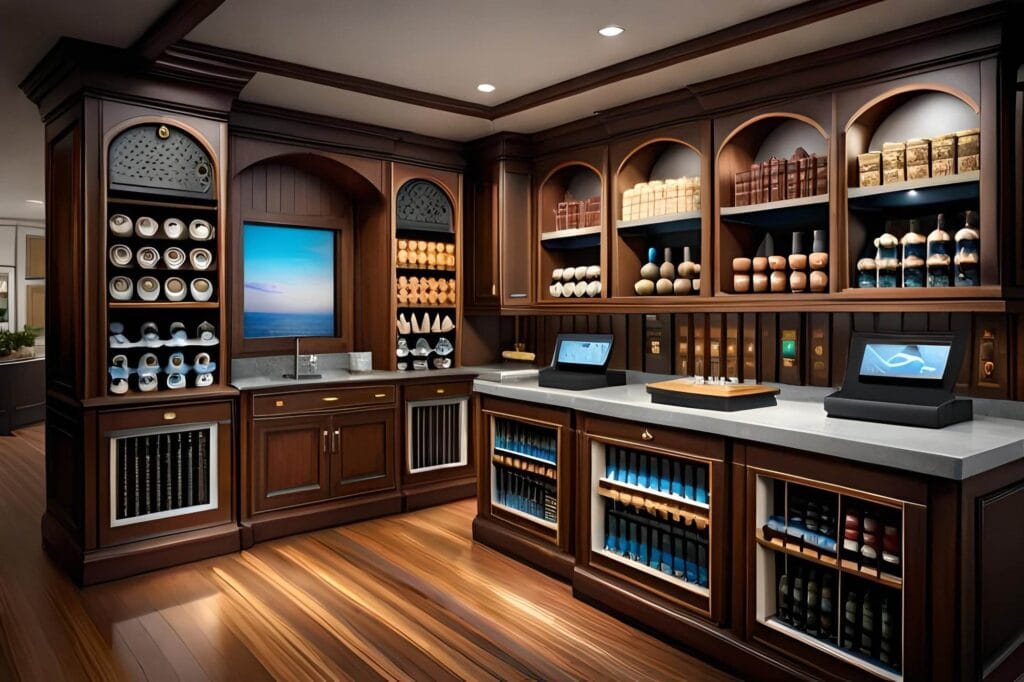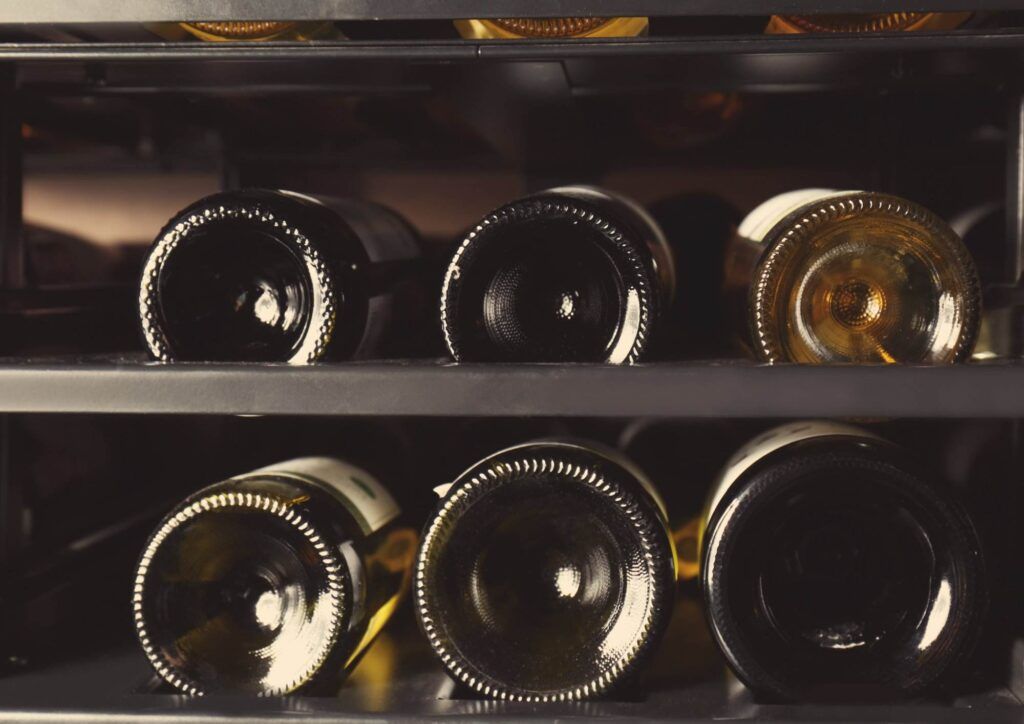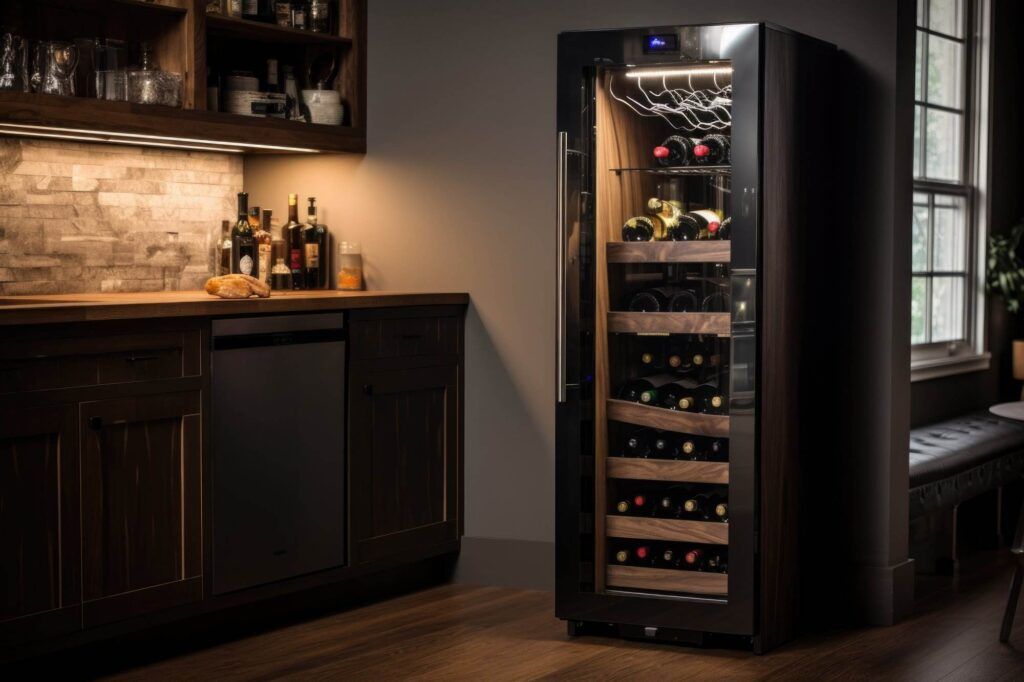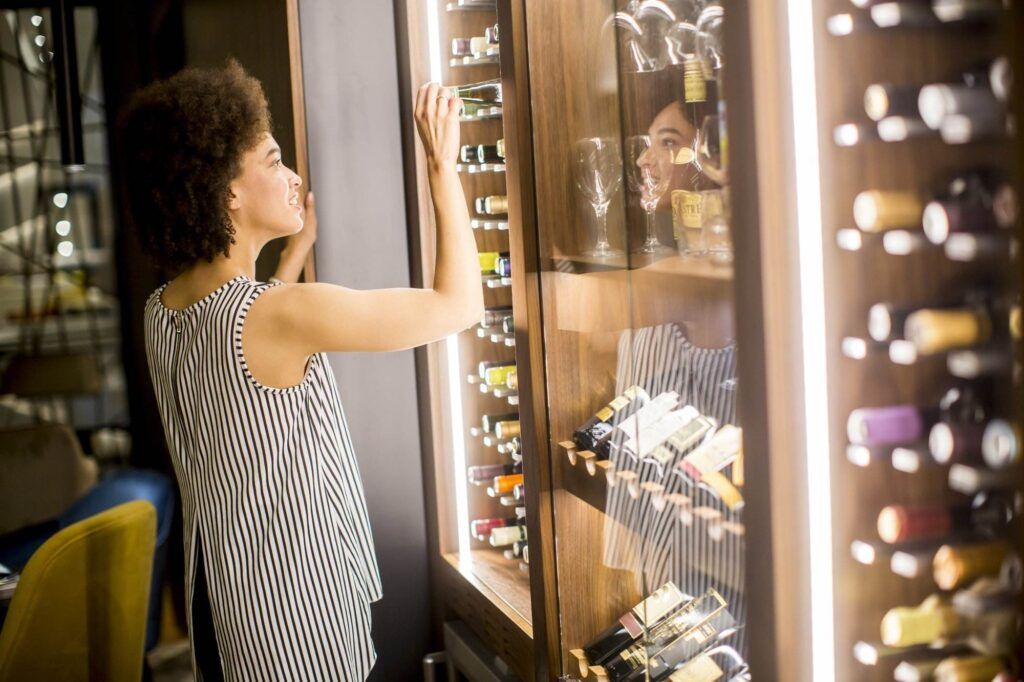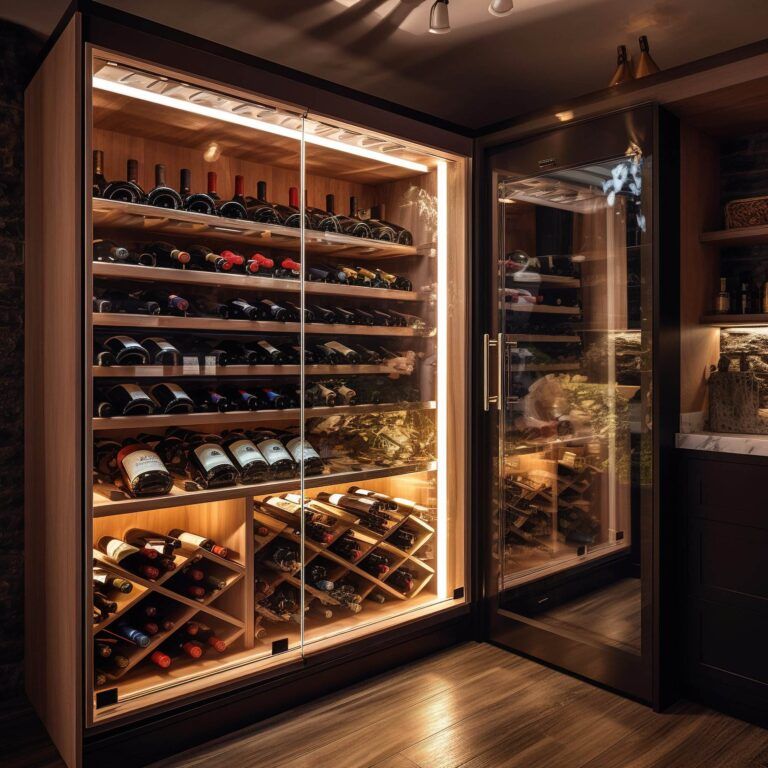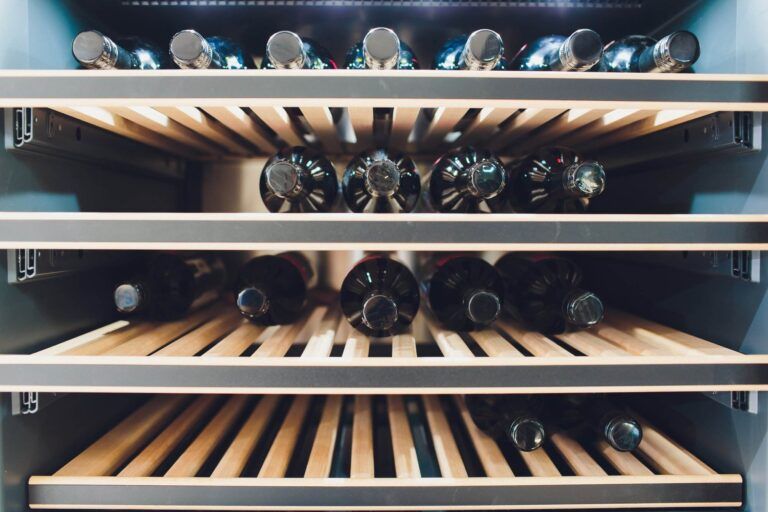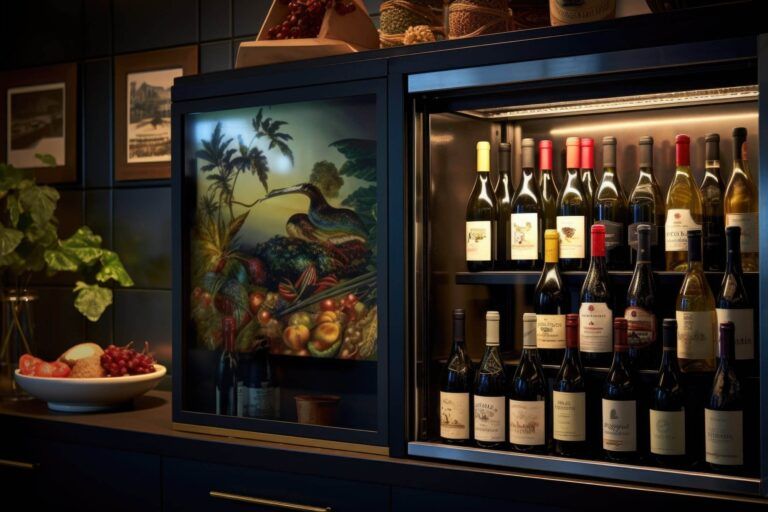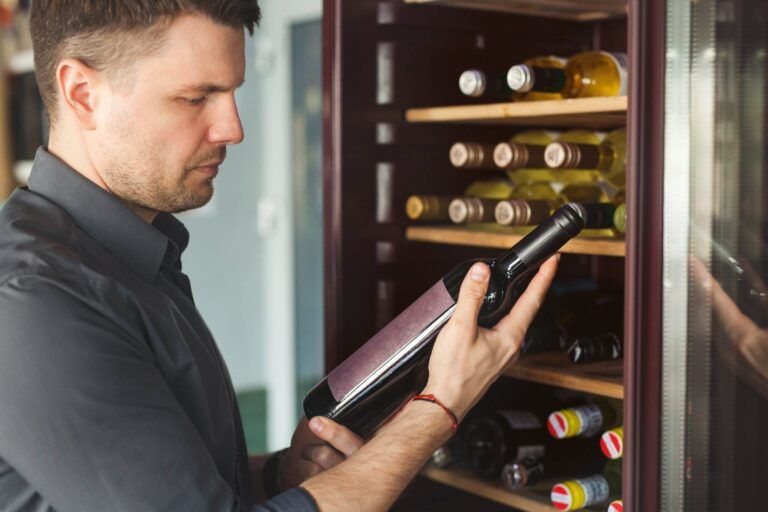Seasonal Wine Storage: Adjusting Your Wine Refrigerator for Different Times of the Year at Wine Hardware
Introduction to Seasonal Wine Storage
Seasonal wine storage is a crucial aspect of preserving and maintaining the quality of wines throughout the year. Adjusting the settings of a wine refrigerator is essential to ensure that wines are kept under optimal conditions. Temperature and humidity variations during different seasons can affect the flavor and longevity of wines. By understanding and adapting to these changes, wine enthusiasts can enjoy their favorite varietals year-round. Wine Hardware offers useful tips and guidelines to help wine lovers navigate seasonal storage challenges.
Explanation of the importance of adjusting wine refrigerator settings
The importance of adjusting wine refrigerator settings lies in maintaining the optimal conditions for storing wine. Temperature and humidity control are crucial factors in preserving the flavor, aroma, and quality of wines. By adjusting the settings according to the season, wine enthusiasts can ensure that their collection is protected from temperature fluctuations that can accelerate aging or spoilage. Proper adjustments help prolong the lifespan and enhance the overall enjoyment of wines.
Tips on maintaining wine quality throughout the year
To maintain wine quality throughout the year, it is essential to follow a few key tips. Firstly, it is crucial to keep the wine refrigerator at a consistent temperature, avoiding extreme fluctuations. Secondly, ensure that the humidity levels are optimal to prevent corks from drying out or mold growth. Thirdly, avoid exposing the wine to direct sunlight or excessive heat. Finally, regularly check and maintain the wine refrigerator to ensure it is functioning properly. These tips will help preserve the flavor and quality of wines year-round.
Winter Wine Storage
Ideal temperature and humidity settings for winter storage
To ensure optimal storage conditions for wines during the winter, it is important to set the wine refrigerator temperature between 45 to 55 degrees Fahrenheit (7 to 13 degrees Celsius). This range prevents the wine from freezing or becoming too cold. Additionally, maintaining a humidity level of around 60-70% is crucial to prevent the corks from drying out. By adhering to these temperature and humidity settings, wine enthusiasts can preserve the quality of their wines throughout the winter months.
Protecting wines from cold temperatures and dry air
Winter storage poses the risk of wines being exposed to cold temperatures and dry air. Wine Hardware recommends protecting wines from freezing by setting the wine refrigerator temperature between 45 to 55 degrees Fahrenheit. This range prevents the wine from freezing or becoming too cold. Additionally, maintaining a humidity level of around 60-70% is crucial to prevent the corks from drying out. By adhering to these temperature and humidity settings, wine enthusiasts can preserve the quality of their wines throughout the winter months.
Spring Wine Storage
Adapting wine refrigerator settings for spring season
During the spring season, it is important to adjust the settings of your wine refrigerator to accommodate the changing temperatures. Wine Hardware suggests setting the temperature between 50 to 60 degrees Fahrenheit to maintain the quality and flavor of your wines. This temperature range allows the wines to breathe and develop without becoming too warm. By making these adjustments, you can ensure that your wines are stored at the ideal conditions during the spring months.
Preventing wine spoilage due to varying temperatures
Wine enthusiasts take special care to prevent wine spoilage due to varying temperatures. By adjusting the settings of their wine refrigerator, they can ensure a stable environment for their wines. Fluctuating temperatures can cause the wine to expand and contract, potentially leading to oxidation or even freezing. Maintaining a consistent temperature helps protect the wine’s flavor and integrity, ensuring a delightful experience with each sip.
Summer Wine Storage
Maintaining optimal cooling conditions during hot summer months
During the hot summer months, it is crucial to maintain optimal cooling conditions for your wine storage. Wine Hardware recommends setting the temperature of your wine refrigerator between 45 and 55 degrees Fahrenheit to ensure the wines stay cool without freezing. Regularly check and clean the cooling system to ensure it is working efficiently. It is also important to keep the wine refrigerator away from windows or direct sunlight to prevent heat exposure. By following these measures, you can ensure that your wines are stored at the ideal temperature during the summer.
Tips for preventing wine overheating and sun exposure
To prevent wine from overheating and being damaged by sun exposure, it is important to follow these tips. Firstly, place the wine refrigerator in a cool and shaded area away from direct sunlight. Secondly, maintain a consistent temperature by avoiding drastic fluctuations. Thirdly, ensure proper insulation in the wine refrigerator to prevent external heat from entering. By implementing these measures, you can protect your wines from overheating and sun damage during the summer months.
Fall Wine Storage
Precautions for storing wine in fluctuating fall temperatures
During fall, the temperatures can vary significantly, posing a challenge to wine storage. It is crucial to monitor and adjust the wine refrigerator settings accordingly. The ideal temperature for fall storage is around 55°F (12-13°C) to preserve the quality and flavor of the wines. Keep the humidity levels stable, ideally between 50-70%, to prevent corks from drying out. Additionally, ensure proper insulation and ventilation to minimize exposure to external temperature fluctuations. Following these precautions will help maintain the integrity of your wines during the fall season.
Adjusting humidity levels and ventilation for seasonal changes
To ensure proper wine storage throughout the fall season, it is crucial to adjust humidity levels and ventilation in your wine refrigerator. The ideal humidity range for wine storage is between 50-70%. This helps prevent corks from drying out and wine oxidation. Use a hygrometer to monitor and adjust humidity levels accordingly. Adequate ventilation is also important to maintain stable temperature and prevent any build-up of unwanted odors. Regularly clean the ventilation vents and ensure proper airflow within the refrigerator to safeguard the quality of your wines.
Conclusion
Wine storage is a delicate process that requires careful attention to temperature and humidity levels. Adjusting your wine refrigerator settings according to the seasons is crucial in maintaining the quality of your wines. Whether it’s protecting them from cold temperatures in winter or preventing overheating in summer, Wine Hardware provides you with the necessary tips and guidelines to ensure optimal wine storage throughout the year. Remember to regularly monitor and adjust your wine refrigerator’s settings to keep your wines in perfect condition.
Summary of seasonal wine storage tips
During the winter, Wine Hardware recommends setting the wine refrigerator to a temperature between 45-55°F (7-13°C) to protect wines from freezing. Humidity levels should be maintained at around 60-70% to prevent the corks from drying out. In spring, adjust the temperature to around 55-60°F (13-16°C) and monitor it closely to prevent rapid temperature fluctuations. In summer, keep the temperature between 50-59°F (10-15°C) to avoid overheating. Shield the wine refrigerator from direct sunlight and ensure proper ventilation. Fall requires adjusting the temperature to 55-65°F (13-18°C) and maintaining humidity levels around 60-70%. Regularly monitor and adjust the wine refrigerator settings to ensure optimal wine storage throughout the year.
Recommended wine refrigerator maintenance practices
To ensure the optimal performance of the wine refrigerator, regular maintenance is essential. Wine Hardware recommends cleaning the interior and exterior surfaces of the unit with a mild detergent and soft cloth. It is important to remove any dust or debris from the cooling vents to prevent airflow obstruction. In addition, checking and replacing the air filters periodically helps maintain proper ventilation. Lastly, inspecting the seals on the door and replacing them if necessary ensures a tight seal, preserving the wine’s quality and preventing energy loss.

